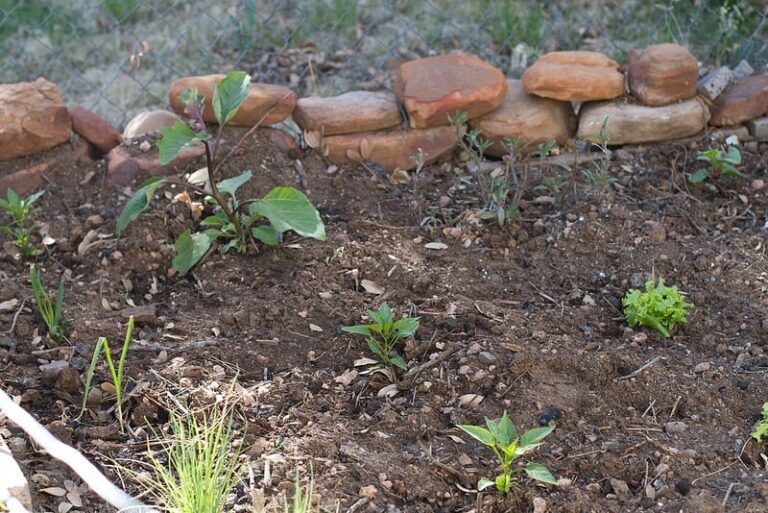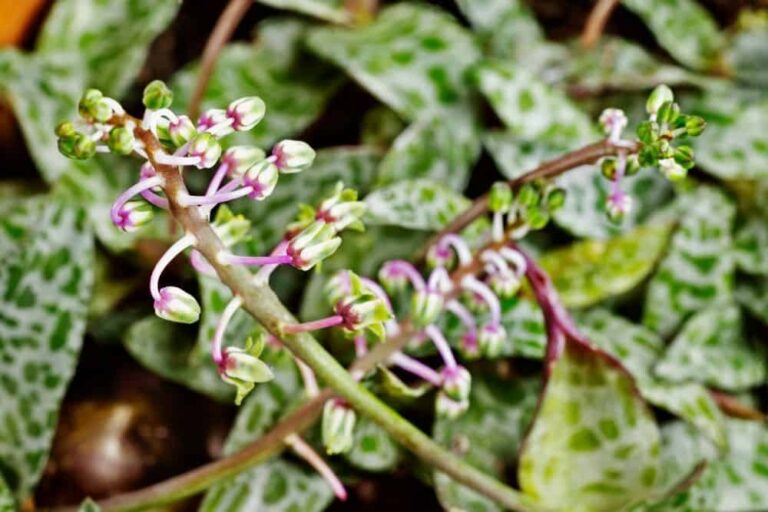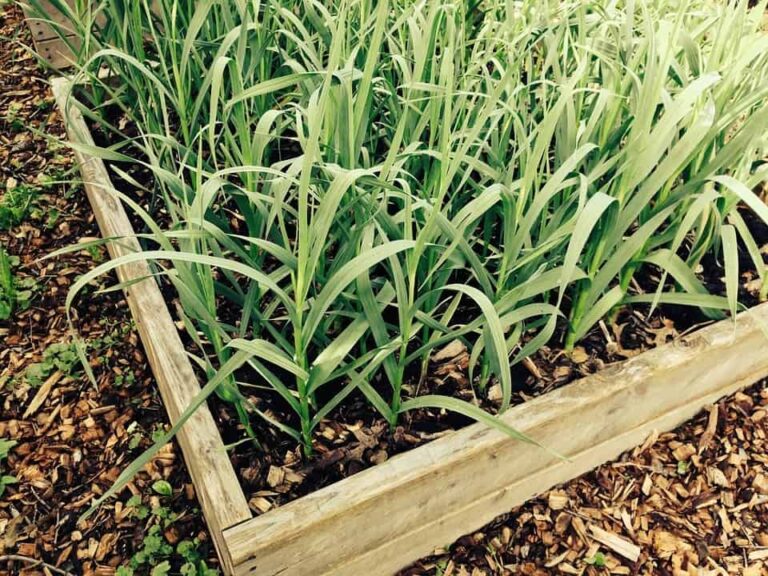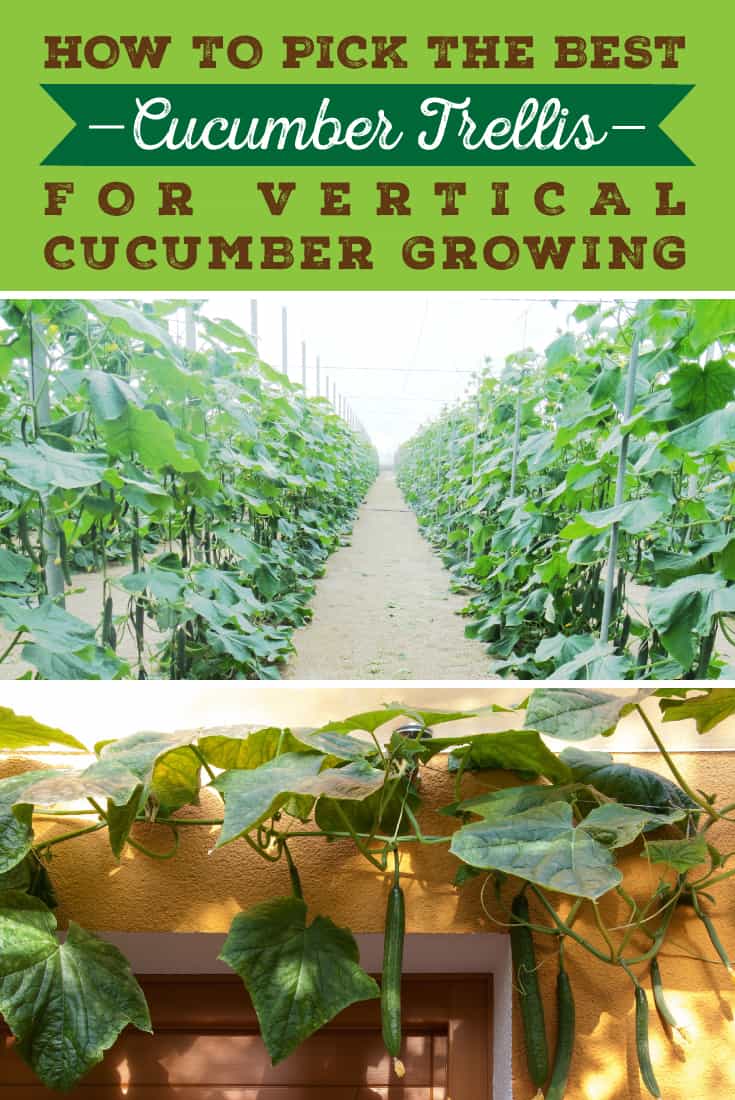How to Properly Care for Kalanchoe
There’s nothing more depressing than a beautiful plant that droops wearily or seems to be turning yellow and withering, especially when it’s a beautiful plant such as a Kalanchoe. We’re here to tell you how to stop that from happening and how to properly care for Kalanchoe!
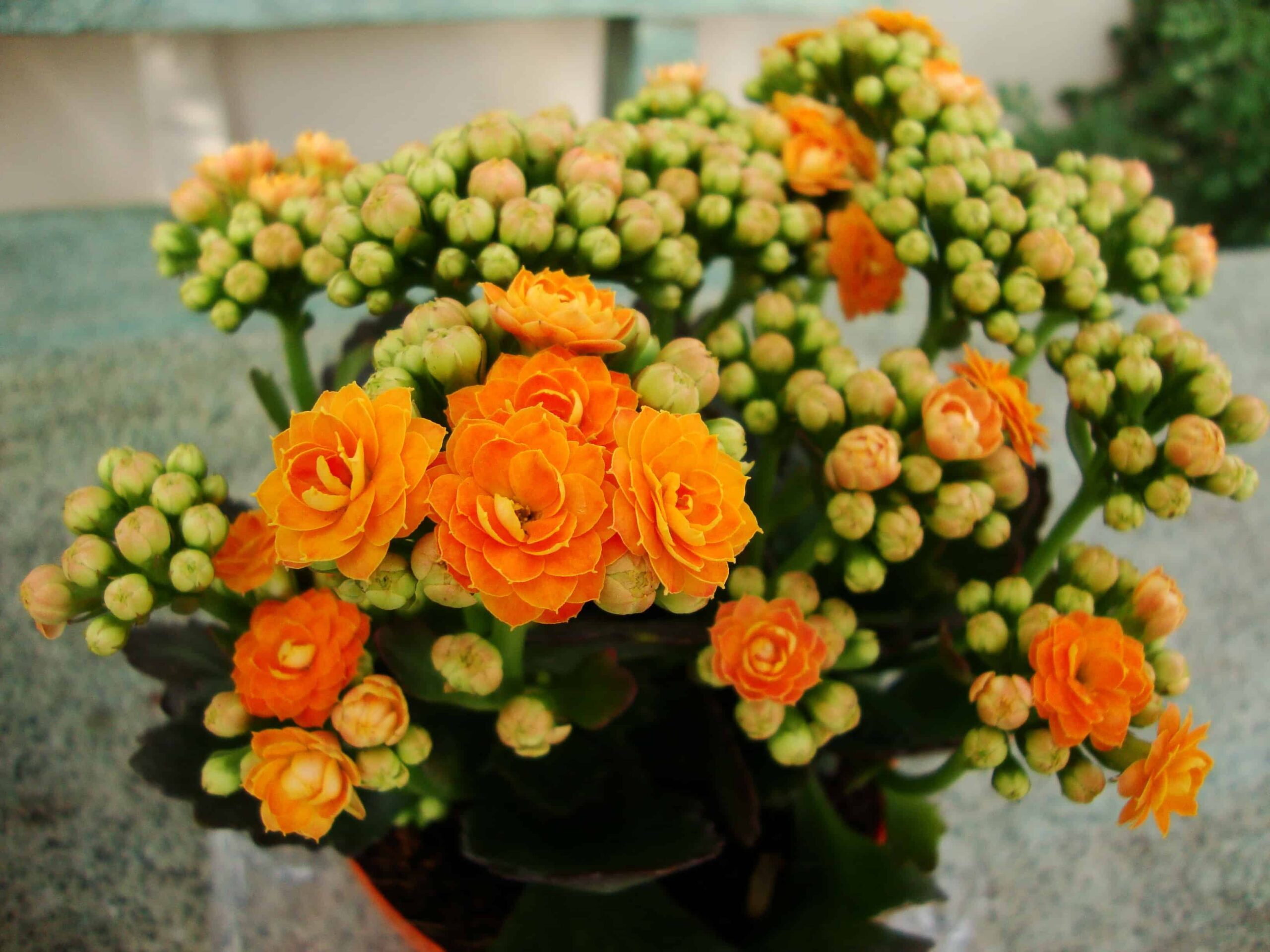
Kalanchoe:
If you want a juicy houseplant that blossoms, look no further and let us introduce you to the Kalanchoe. A Kalanchoe is a popular lush plant with long-lasting flowers. Maybe you’ve seen them around but never brought them to your house. We encourage you to get a couple of them to your home because they’re easy to grow and remain in bloom for a long time.
Here’s how to properly care for a Kalanchoe plant and how to get them to bloom.
This popular blossoming succulent houseplant, called Kalanchoe, Flaming Katy, or Florist Kalanchoe, is easy to find. It’s sold in nurseries, grocery stores, garden shops, flower shops, and big-box stores.
These plants are grown in many colors; many are vibrant hues like orange, yellow, red, pink, and magenta. Around the time of the holidays, you can even find them in pure white! The shrubbery makes a statement, too, because it is lustrous green, and the leaves are pretty large.
The Kalanchoe genus includes around 100 species of plants, but only a few of them are seen regularly in gardening. The most recognizable and familiar is Kalanchoe blossfeldiana, which is simply Kalanchoe. It is native to Madagascar and directly related to the jade plant. The Kalanchoe blossfeldiana is a succulent continuing plant with flower clusters and scallop-shaped leaves.
It has an exceptionally long bloom period as compared to others of its kind. The Kalanchoe thrives in dry environments and is a common, easy-to-grow houseplant. People are usually drawn to Kalanchoe for its attractive leaves and ease of care and for flowers that repeatedly bloom if the light exposure on the Kalanchoe is adequately controlled.
Kalanchoe is a slow-growing succulent, taking between two and five years on average to reach its mature size. This pretty plant is available in appealing shades of yellow, pink, white, and red.
The Kalanchoe is readily available at many grocery stores, nurseries, and florists, especially around the holiday season. However, owners who have pets at home should be more careful about where they keep their plants, as all parts of the Kalanchoe are toxic to dogs and cats.
Care for Kalanchoe:
If you’re looking to grow and care for a beautiful succulent, look no further than the Kalanchoe or the Kalanchoe blossfeldiana. Kalanchoe is a moderately hands-off species like many lush house plants, preferring well-draining soil and plenty of sunlight.
In the relatively warm-weather regions where it is grown outside, Kalanchoe needs sandy, well-drained soil. The plant thrives on little water, although it should get enough sunlight. As an indoor succulent, a cactus mix soil is best for it, and the Kalanchoe does best with bright but indirect light.
The Kalanchoe is well suited to various temperatures outdoors or indoors, provided it is not affected by frost. Its budding cycle is set in motion by lengthy periods of darkness at night time in the winters. As soon as spring starts, you’ll be blessed with bursts of colorful flowers that last numerous weeks and recur most of the year, as long as the light exposure is effectively controlled.
Kalanchoe plants are pretty problem-free. You may have some issues with powdery mildew, spider mites, or bugs, but even those problems are infrequent.
Light:
The bloom cycle for this plant is set in motion by an interval of around six weeks, where the kalanchoe experiences about 14 hours of darkness daily. Approximately four months after this interval, this succulent will begin to bloom.
Kalanchoe plants grown inside the house need a ton of light to bloom, so they must be kept in a room with access to plenty of bright, natural sunlight. However, placing them in direct sunlight can reduce blooming and scorch the leaves, so it is best to avoid direct light.
Soil:
A kalanchoe plant grows its finest in sandy, well-drained soil if planted outdoors. Indoor succulents plants should be potted in a mixture that doesn’t hold too much moisture.
To confirm proper drainage and avoid an excessively moist environment or soil, you can also root your Kalanchoe in a clay pot, which helps absorb any excess water from the soil.
Water:
If you frequently forget to water your house plants, a kalanchoe can be the ideal pick for you. This hearty houseplant thrives with little water, requiring complete moistening only every couple of weeks or so and lesser during the winters. You must let the soil dry out entirely in between the occasional saturation to help prevent plant roots from rotting.
Since the Kalanchoe is succulent, its leaves can store water, so the plant will be completely fine even if you’re a few days late for the watering.
Temperature and Humidity:
The atmosphere of your house is essential to the kalanchoe plant, although it’s not as particular as other indoor plants. Usually, the plant will flourish and bloom between temperatures from 55 to 80 degrees Fahrenheit.
Although you have to protect it from the frost during wintertime, you won’t have to do too much to fashion the proper indoor atmosphere. The Kalanchoe plants are not particularly fussy about air moisture levels either.
Kalanchoe is not a great choice outside zones 10 to 12 as outdoor garden plants. Since they don’t bloom at temperatures below 55 degrees, they will die instantly if contacted by the frost.
Fertilizer:
Like most blooming plants, the kalanchoe profits from fertilizer also, although they are less needy than other houseplants. Garden plants require slightly more than a single feeding during the springtime.
Indoor kalanchoe plants should be nourished with a well-balanced fertilizer mix monthly during the summer and spring months, but not much during the wintertime. If flowering is scarce, you should switch to a fertilizer with a higher phosphorus level.
Pruning
Nipping the stems of your kalanchoe plant will maintain its shape and encourage a healthier blooming.
Propagating a Kalanchoe:
The Kalanchoe is very easy to reproduce, and doing so is beneficial to its health. As a fully mature kalanchoe grows, it creates offsets that can be tough on the mother plant. So, instead of allowing the balances to suck the nutrients from the mature kalanchoe plant, you take off the stem cuttings at any time.
Let’s see how!
- Cut a section of a stem several inches long from a mature kalanchoe plant using clippers or a sharp knife. If you’re using an offset, remove it from the joint connecting to the parent plant.
- Dry out the cuttings for some days or until the end has healed shut and hardened over.
- Once healed, dip the hard ends of the cutting in a rooting hormone.
- Imbed the cutting in soil containing the same mixture as the mother plant.
- Let the newly potted cutting sit in indirect light, but avoid watering it. The stems will take root in a month; after that, you can care for it like a mature plant.
Growing Kalanchoe from Seed:
These slow-growing succulents are mostly grown from cuttings or offsets, which produce rapid outcomes, but they are also easy to grow from seeds.
Let’s see how!
Sow the kalanchoe seeds on an absorbent and porous potting mix surface early during spring. Avoid covering the seeds since they need light to sprout.
Put the holder in a plastic bag to increase moisture until the seeds sprout, which usually takes around ten days.
After two months, you can relocate the seedlings into separate pots or sow them outdoors.
Potting and Repotting Kalanchoe:
Kalanchoe plants thrive best if repotted frequently, which assists in good drainage. For the best results, you must repot your Kalanchoe annually around fall after it has bloomed. Doing this will inspire new growth and increase Kalanchoe’s fullness.
It’s essential to use a well-draining container; clay pots are a good choice because the material is porous and keeps the soil comparatively dry.
How to Get the Kalanchoe to Bloom:
If given the appropriate environment and care, kalanchoe plants bloom all year-round when indoors. Plenty of indirect sunlight is the most vital component of a regularly flowering kalanchoe plant. For a kalanchoe plant to flower to its full capability, it should be located where it gets at least eight hours of bright indirect sunlight daily.
During the winter, it is crucial that the kalanchoe plant experiences total darkness for the other hours of the day. Around 14 hours of daily darkness, for at least six weeks, is necessary for the Kalanchoe to accumulate energy for future blooms.
Removing the flowers once the buds are spent is also an excellent way to stimulate continual blooms. If your plant is struggling to achieve its bloom potential, look for a fertilizer mix with a high quantity of phosphorus, which can assist it in producing additional buds the next time it blooms.
Common Problems with the Kalanchoe plant:
Kalanchoe plants are simple and easy to grow, but problems might arise if they are not appropriately watered or encounter temperature extremes.
- Soft, Damaged Blooms and Leaves
Plants affected by near-freezing temperatures will often experience stunted blooms or damaged leaves. For more outstanding performance, keeping these plants at temperatures exceeding 50 degrees Fahrenheit is better.
- Wilting
Temperatures that are too extreme can also cause leaves to wilt and wither. It is preferable to keep the kalanchoe plants below 80 degrees Fahrenheit.
- Soft, Fragile Stems
A widespread issue with the kalanchoe plant is flooding or planting in a soil container that holds water. Excessive water can cause stem and root rot. If you see this problem starting, stop watering until the plant recovers.
- Drab or Burned Leaves:
Proper sunlight exposure is essential to beautiful plants. Too little light makes the leaves lose their trademark glossy green. On the other hand, too much direct sunlight can burn the leaves. Indoor kalanchoe plants will flourish best in a place with a lot of bright indirect light.
- Failure to Bloom:
When a kalanchoe doesn’t bloom, it is almost always because it does not get the required period of winter darkness that allows it to reset its bloom sequence. During the winters, the kalanchoe plants need an almost six-week period where they undergo nighttime darkness that lasts 14 hours daily. Without this period, the plants will fail to bloom again.
Care for kalanchoe plants in mixed containers:
The Kalanchoe is often planted unaccompanied in a container, but they also work well in big pots even if they are planted alongside relative succulents, like jade and aloe. Outdoors, they are often potted with sedums and other creeper plants.
How long can a kalanchoe live?
Just like the many other slow-growing recurrent succulents, the Kalanchoe blossfeldiana can flourish for as long as its needs are met. There have been many cases of 100-year-old potted kalanchoe plants.
Types of Kalanchoe
The Kalanchoe blossfeldiana is accessible in several varieties, including shades of pink, yellow, orange, white, and red. Outdoor kalanchoe plants typically flower in springtime, but the indoor ones can be wheeled into blooming year-round.
Several other related species make good houseplants and garden plants. Such as:
- manginii: This type features fleshy leaves and has large, bell-like hanging flowers. Moist air and humidity are vital components of its extended flowering. Sometimes known as a chandelier plant, this species is enduring in zones 9 to 11.
- pinnata: This species is portrayed by green fleshy leaves and displays tiny plantlets along the margins. Often known as cathedral bells, it lasts in zones 10 and 11.
- porphyrocalyx: this kalanchoe plant is also known as Pearl Bells. This species entails purple pendant flowers and narrow, rectangular leaves. It is enduring in zones 11 and 12.
- beharensis: This Kalanchoe-related species is valued for its large, silky leaves that are silvery green in color. It is also sometimes known as elephant ear kalanchoe because of its pale color. It lasts in zones 9 to 11.

